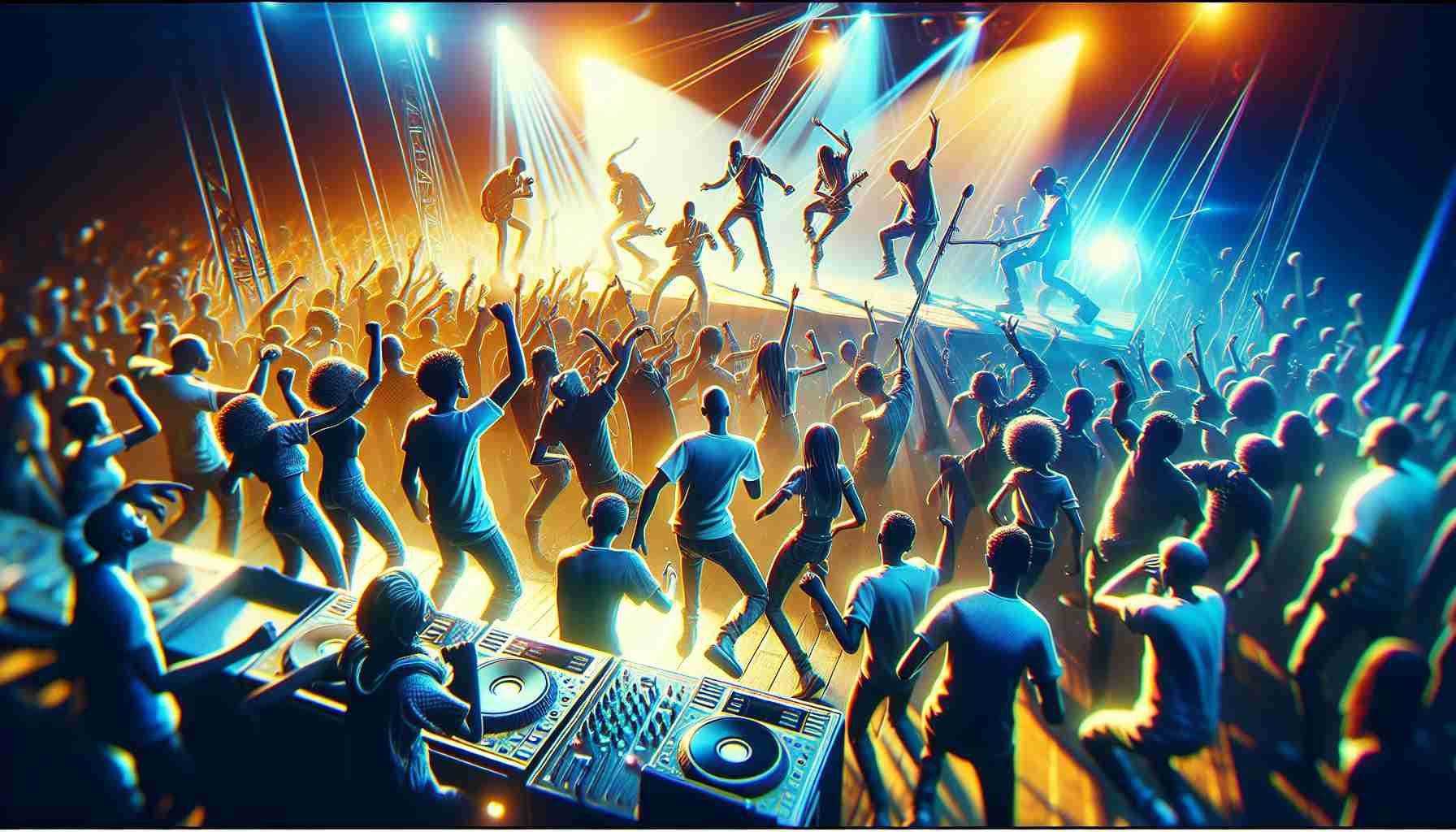Art has been an integral part of human culture for millennia, serving not only as a medium for expression but also as a powerful tool for healing. The connection between art and mental health has garnered significant attention in recent years, with numerous studies highlighting the benefits of engaging in creative activities. This article delves into how art serves as a therapeutic outlet and its implications for mental well-being.
One of the primary ways art influences mental health is through its ability to provide a safe space for individuals to express their emotions. Many people struggle to articulate their feelings, especially in challenging circumstances. Engaging in artistic practices—be it painting, drawing, or writing—allows individuals to convey their thoughts and emotions without the constraints of language. Research conducted by the American Psychological Association indicates that individuals who participate in art therapy experience reduced symptoms of anxiety and depression, showcasing the profound impact creativity can have.
Moreover, art can foster social connection, which is essential for maintaining good mental health. Group art projects or workshops create opportunities for individuals to share experiences and collaborate, helping to reduce feelings of isolation. Studies from the University of Derby reveal that such communal art practices enhance feelings of belonging and improve overall emotional health. The sense of community and support that art can offer is invaluable, especially for those facing mental health challenges.
Incorporating art into daily life can also serve as a form of mindfulness, helping to anchor individuals in the present moment. The act of creating or appreciating art encourages individuals to focus on the task at hand, which can alleviate stress and anxiety. According to a study published in the Journal of Positive Psychology, engaging in creative activities boosts mood and enhances feelings of happiness. The calming effects of art are akin to meditation, promoting a sense of tranquility and emotional clarity.
Furthermore, art serves as an educational tool for understanding and discussing mental health issues. Creative works, such as paintings, films, and literature, often explore themes of struggle, resilience, and recovery. By engaging with these forms of art, individuals can gain insight into their own experiences and promote awareness in society. Initiatives that center around mental health awareness through art have proven effective in reducing stigma and encouraging open dialogues about mental health challenges.
Lastly, it is essential to recognize that art therapy is a legitimate field with trained professionals who utilize creative expression as part of treatment for various mental health conditions. Art therapists are equipped to guide individuals in using artistic expression to explore feelings, develop coping mechanisms, and address psychological challenges. This therapeutic approach is backed by research showing its effectiveness for many mental health disorders.
In conclusion, the interplay between art and mental health is profound and multifaceted. Engaging in artistic practices can serve as a therapeutic outlet, foster social connections, enhance mindfulness, educate society, and provide professional support for those in need. By embracing the power of art, individuals can enhance their mental well-being and find a healthier way to navigate their emotional landscape. As we continue to explore and understand the significance of art in our lives, it is clear that its benefits extend far beyond mere aesthetics.
Unlocking the Power of Creativity: Tips and Life Hacks for Enhancing Mental Health Through Art
Art is not just a creative outlet; it is a profound tool for enhancing mental health and well-being. Engaging with art can transform how we process emotions, connect with others, and understand ourselves. Here are some tips, life hacks, and interesting facts to help you harness the therapeutic benefits of art in your daily life.
Find Your Medium
Experimenting with different forms of artistic expression can unlock new ways to communicate your feelings. From painting and drawing to writing stories or poetry, discovering what medium resonates with you can lead to a fulfilling creative practice. Consider setting aside time each week to explore various art forms and see which ones you enjoy the most.
Create a Dedicated Space
Having a designated area for your artistic endeavors can significantly enhance your creativity. This space should be comfortable and inspiring, filled with supplies that encourage you to create. A clutter-free environment can help you focus and make your creative process more enjoyable. Let your space reflect your personality—add colors, quotes, and images that inspire you.
Use Art as a Mindfulness Practice
To incorporate art into your mindfulness practice, set aside a few moments each day to create without pressure. Focus solely on the act of creation, allowing yourself to lose track of time. This practice can lead to a meditative state that helps reduce anxiety and promote clarity. Consider following guides on mindfulness drawing or painting to help you get started.
Join an Art Group
Engagement in communal art activities can significantly contribute to mental well-being. Look for local art classes, workshops, or clubs where you can connect with others who share your interests. Not only will you learn new skills, but you will also build a support network, combating feelings of isolation. Social art initiatives often foster understanding and empathy within communities.
Incorporate Art into Daily Routines
Find small moments in your daily life to integrate creative activities. This could be doodling during a phone call, journaling your thoughts before bed, or creating a vision board outlining your goals and aspirations. These small acts can enhance your mood and allow creativity to flow into your everyday life.
Connect with Creative Communities Online
Social media platforms and online forums can connect you with like-minded individuals who appreciate the therapeutic benefits of art. Join groups focused on art therapy or mental health through creativity, allowing you to share your journey and gain inspiration from others. Websites dedicated to creative wellness can provide additional resources for your exploration.
Explore the Therapeutic Benefits
Seek out art therapy professionals if you feel ready for a deeper level of exploration into your emotions. Therapists trained in art therapy can guide you through complex feelings and help develop healthy coping mechanisms. Research shows that structured sessions with trained professionals can be particularly effective for various mental health challenges.
Educate Yourself on Mental Health Through Art
Engaging with literature, films, and visual art that address mental health themes can provide insight and foster understanding. This not only raises awareness but also allows for reflection on one’s personal experiences. Being part of discussions around such artistic expressions can contribute to a positive dialogue about mental health in society.
By embracing these tips and integrating art into your life, you can enhance your mental well-being and tap into the therapeutic potential of creativity. Remember, the journey of artistic expression is personal and unique, inviting you to explore emotions and connect deeply with yourself and others.
For more information on enhancing mental well-being through art, visit Mental Health.
The article has been updated: 2024-11-05 17:04
Here are some suggested related links:
1. Art Therapy Association – This organization focuses on the benefits of art therapy and its impact on mental health, providing resources and information for both practitioners and those interested in art therapy.
2. Mental Health Foundation – This foundation promotes mental health awareness and supports research, offering insights on how creative activities, like art, can positively affect mental well-being.
3. Anxiety and Depression Association of America – This organization provides resources and information on anxiety and depression, including studies and articles about the therapeutic effects of art and creativity.
4. Psychology Today – A well-known publication that features articles on various topics related to psychology and mental health, including the role of art in improving mental health outcomes.
5. NAMI – The National Alliance on Mental Illness provides support and advocacy for individuals affected by mental illness, including discussions on the benefits of art in therapeutic settings.
6. BACP (British Association for Counselling and Psychotherapy) – This professional association offers resources and research on therapy modalities, including art therapy, and their effectiveness in promoting mental health.
7. Public Health England – This government body offers publications and reports on the public health impact of various activities, including creative arts, on mental well-being.
8. The Creative Health Initiative – This initiative advocates for the integration of arts into health and social care, sharing evidence and examples of how art benefits mental health.
The article has been updated: 2024-11-06 04:02
What are some ways in which art can positively affect mental health?
Art has a profound impact on mental health in several ways. Firstly, engaging in creative activities such as painting, drawing, or music can serve as a form of self-expression, allowing individuals to process their emotions and experiences. This can lead to a reduction in anxiety and depression. Secondly, art therapy is a recognized therapeutic approach that helps individuals explore their feelings through creative means, promoting healing and personal growth. Additionally, creating or experiencing art can foster a sense of community and connection, reducing feelings of isolation. Overall, art can provide a valuable outlet for emotional expression and contribute to improved mental well-being.






















